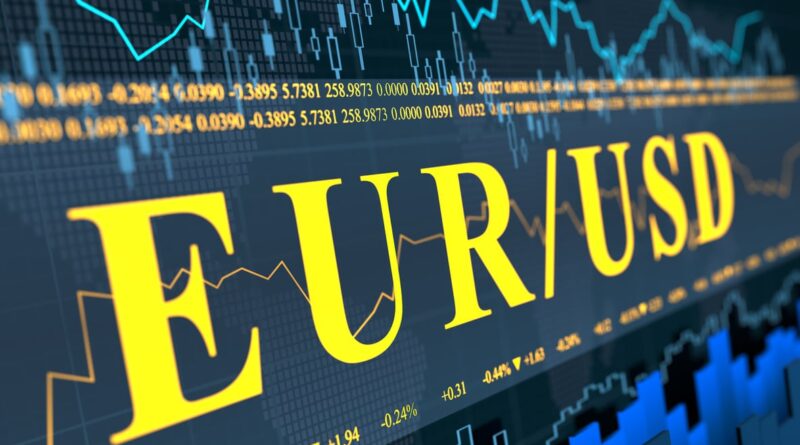EUR/USD Price Drivers Most Traders Overlook
Traders often focus on the obvious: interest rates, central bank policies, and inflation data. These are crucial, of course, but there are other forces that drive EUR/USD that often go unnoticed. Understanding these hidden influences can help traders gain a unique edge and avoid being blindsided by unexpected market moves. For those who want to master EUR/USD trading, looking beyond the usual headlines is a smart place to start.
Market Sentiment Tells a Deeper Story
While fundamentals guide long-term direction, short-term movement is often driven by sentiment. This is the collective emotion and attitude of traders toward the market. During times of uncertainty or tension, EUR/USD may behave in ways that seem disconnected from economic data.
Factors that shape sentiment include:
- Global risk appetite: When markets are fearful, investors may flock to the dollar
- Equity market trends: A falling stock market can increase demand for safe havens
- News cycles and geopolitical tone: Even rumors can affect sentiment short term
In EUR/USD trading, these shifts can create sharp reversals or accelerate trends without any new data being released.
Cross-Currency Flows Influence the Pair
EUR/USD does not trade in isolation. Movements in other currency pairs can impact it through complex relationships. For example:
- A strong rally in USD/JPY may boost the dollar across the board, weighing on EUR/USD
- Strength in GBP/EUR can increase demand for euros, indirectly affecting EUR/USD
- Emerging market flows can influence overall dollar strength
Traders who monitor currency correlations gain more context for their trades. In EUR/USD trading, this helps filter false signals and confirm breakouts with broader alignment.
Political Events Have Lingering Effects
While elections and policy changes make headlines, their impact on the market is not always immediate. Some traders overlook the slow-burn nature of political developments. Trade negotiations, leadership changes, or shifting regulations can shape investor confidence gradually.
For instance:
- A change in U.S. trade policy may affect eurozone exports
- Elections in key European economies like Germany or France can lead to long-term euro revaluation
- Policy uncertainty tends to increase volatility even without clear outcomes
Traders who only watch economic calendars may miss the growing influence of these slower but powerful events in EUR/USD trading.
Surprise Comments and Speeches Move the Market Fast
Many traders plan around scheduled events, but unplanned remarks from policymakers often create the biggest reactions. Central bank leaders sometimes give unscheduled comments that shift expectations immediately.
These surprise events often:
- Trigger sharp price spikes or reversals
- Alter the market’s outlook on interest rates
- Force traders to reposition quickly
In EUR/USD trading, having alerts set for unscheduled remarks or staying connected to a reliable news source can prevent you from getting caught off guard.
Do Not Ignore the Role of Global Capital Flows
Institutional investment decisions can influence EUR/USD more than most traders realize. Large asset managers moving capital between eurozone and U.S. bonds, equities, or real estate can create demand for the respective currencies. When funds shift between regions, currency transactions follow. These capital flows are not always visible on the surface but play a major role in long-term trends.
Traders who understand this can better anticipate moves that might otherwise appear random. In EUR/USD trading, aligning with these macro flows increases the chances of catching meaningful price swings.
Most traders spend their time chasing the obvious. But those who look deeper uncover subtle drivers that explain price action with more clarity. The more you learn to observe these overlooked forces, the more confident and strategic your EUR/USD decisions will become.

